Hole diggin'
nikthegreek
8 years ago
last modified: 8 years ago
Featured Answer
Sort by:Oldest
Comments (38)
ozmelodye
8 years agoRelated Discussions
What all have you put in the ground so far?
Comments (21)dsieber: Yes, we do tomatoes. We are lucky in that a good portion of our property faces south (ranging from SE to SW depending on which part) and that we are thoroughly in the 285 corridor valley (right near a massive cliff face that gives us extra reflected light and heat). That lets us be just a bit toastier than most of the area. I've had the best luck with the smaller tomato varieties. Tiny Tim cherry tomatoes and Extreme Bush tomatoes give me the best yields of what I've tried so far. I've also gotten some Rose and Moskvich tomatoes as well, although the season ended last year before they got truly productive. I'll probably give in this year and use some miracle-gro or other chemical fertilizer to boost the growth speed on my tomatoes, peppers, and cucurbits(squash, melons, and such). I haven't used chemical fertilizers on my tomatoes in the past. I'm hoping that if I do I'll be able to get a full harvest on them. I normally pre-sprout some inside as starts and plant them out the first time the weather forecast is showing a week with 40 as the lowest low. I also pre-sprout some seeds to direct sow as well since sometimes if I lose the starts, the ones started outside will still come through for me. I'm still trying different varieties to see if any other tomatoes will do better than the ones I listed previously. This year I've got three new varieties to try (Juliet, Eva Purple ball, and Debarao). Essentially if the seed site I use has any tomatoes on sale and they are relatively short span to maturity I'll pick them up to try. So it is still a work in progress. Thralen...See MoreMove a Tulip Tree
Comments (16)Yes, quite a workout. I confess the roots just below the surface were like mop heads, I never reached the big roots below, never really loosened it...thank goodness! Fortunately for both of us I had to work at 2. I planted "jane" 7 years ago. BTW, I queried Neil Sperry thought facebook in the midst of my madness. Later got his reply that they are very unpredictable. Maybe this shock will help. Hope it doesn't hurt. I am definitely tired. My sweet husband says I should go get a Saucer magnolia without a name and plant it in the hole. It really is a big fine hole.....grins. c...See MoreAnother FUNNY thread from the archives
Comments (2)I remember reading that...but it's still just as funny.... I am completely surprised that I didn't find a post from me on there...My DH has done a few things during our 42 years that I tell on him every now and then. patti...See MoreIs my new rose bush dying?
Comments (10)You may have damaged the root ball a bit when planting, as part of the plant looks fine. If you put fertilizer in the soil when you planted that could result in burning as well, although to me it doesn't look like a fertilizer burn. Seil gave you great advice, and I'm sure if you follow that your plant will recover nicely. Some rose growers here don't even use fertilizer the first year at all. If you choose to, definitly wait for some good growth on the rose, and only liquid, and half strength the first year, unless you use fish fertilizer, you can use full strength. No worries, I had a rose with stress much worse than yours after a planting and it recovered nicely....See Morenikthegreek
8 years agolast modified: 8 years agoMelissa Northern Italy zone 8
8 years agonikthegreek
8 years agolast modified: 8 years agonikthegreek
8 years agolast modified: 8 years agotuderte
8 years agonikthegreek
8 years agoBuford_NE_GA_7A
8 years agoUser
8 years agoUser
8 years agonikthegreek
8 years agolast modified: 8 years agoingrid_vc so. CA zone 9
8 years agoMelissa Northern Italy zone 8
8 years agoAdam Harbeck
8 years agoAdam Harbeck
8 years agoUser
8 years agocarriehelene
8 years agoporkpal zone 9 Tx
8 years agoharborrose_pnw
8 years agolast modified: 8 years agoingrid_vc so. CA zone 9
8 years agocatspa_NoCA_Z9_Sunset14
8 years agoKachana
8 years agosummersrhythm_z6a
8 years agonikthegreek
8 years agoUser
8 years agoseil zone 6b MI
8 years agosummersrhythm_z6a
8 years agotuderte
8 years agobluegirl_gw
8 years agocarriehelene
8 years agoharborrose_pnw
8 years agoingrid_vc so. CA zone 9
8 years agolast modified: 8 years agobluegirl_gw
8 years agoharborrose_pnw
8 years agoMelissa Northern Italy zone 8
8 years agoBuford_NE_GA_7A
8 years ago
Related Stories
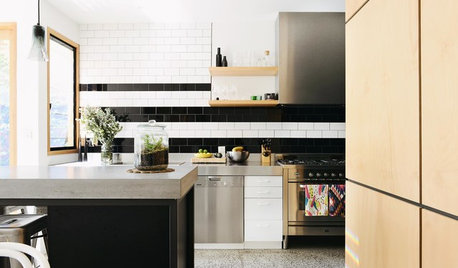
COLOR10 Pair-Ups for Black in the Kitchen
Combine black with other colors to add drama, polish and modernity. It also can make a kitchen look more spacious
Full Story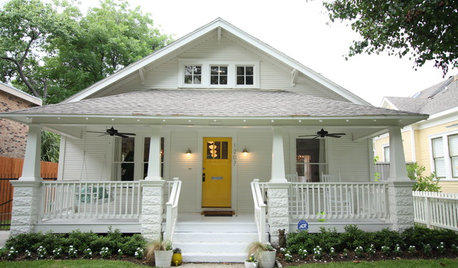
HOUZZ TOURSHouzz Tour: From Shocker to Stunner in Houston
Once moldy and decrepit, this 1920s bungalow is now a neighborhood gem
Full StorySponsored



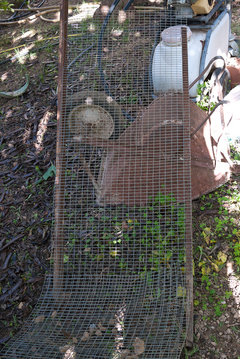



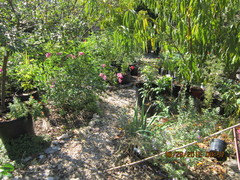
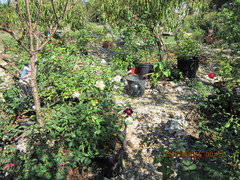
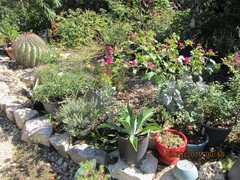

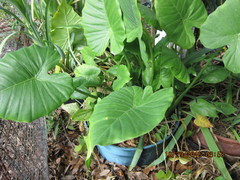

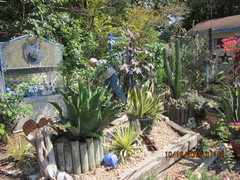
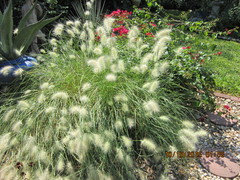











bluegirl_gw